20 Hidden Secrets Of The Deep Blue Sea
Lists, Nature, ScienceScientifically speaking, we know more about deep space than we do about the oceans which make up our planet. In terms of our understanding of the seas, we are really just skimming the surface and unbelievably, there is a lot about the earth that we just don’t know.
Under the water, things get a whole lot more interesting and the deeper that you go, the more that there is to be discovered. Covering more than 70% of our planet, the oceans of the world are like a treasure trove waiting to be discovered and these incredible places are just the beginning.
Lake Baikal – Russia
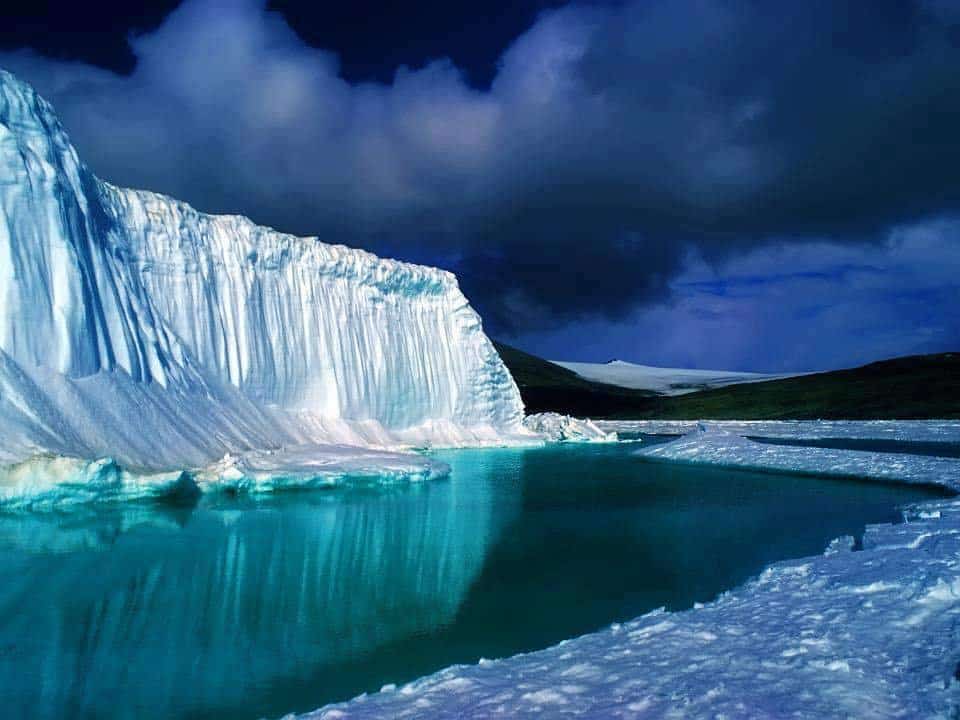
With the majority of its landscape frozen under winter tundra, Russia is rarely thought of as a watery wonder. In its lakes, however, there are marvels to be found. Lake Baikal in Serbia is believed to be the oldest lake in the world, and contains an incredible 20% of the planet’s natural water supplies. Even better, two thirds of the lake’s species cannot be found anywhere else in the world, making it a true researcher’s delight.
Battle Of The Egadi Islands – Sicily
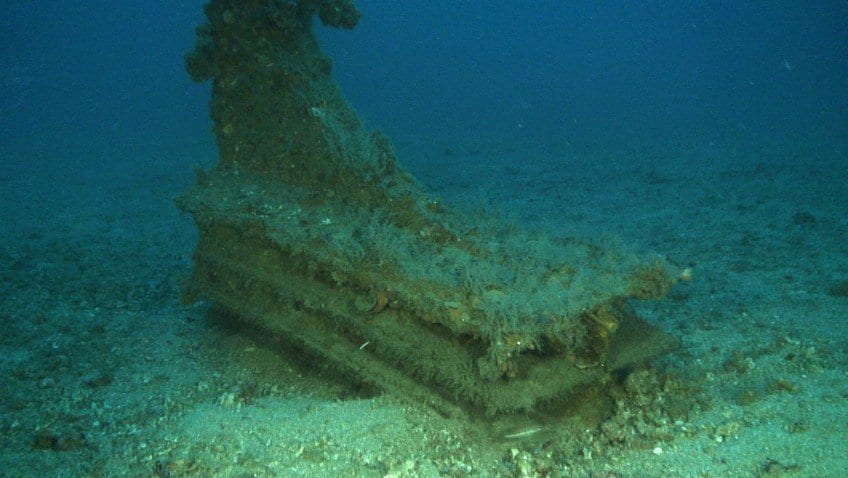
Archaeology isn’t just confined to the earth’s surface; in 2013, a huge underwater find made waves in the world of archaeology, and opened up new insight into the past. Off the coast of Sicily, 2,000 year old remains were discovered, believed to be the remnants of an ancient battle. Dating back to 241 BC, the ruins of the Egadi Islands are some of the most ancient known to man, and have opened up new insight for historians across the globe.
Belize Barrier Reef – West Indies

One of the lesser-known reefs around the world, Belize Barrier Reef is also one of the most beautiful. Home to one of the most diverse underwater ecosystems in the world, the reef hosts 500 types of fish, and 70 hard coral species. Scientists have just scratched the surface, though; more than 90% of the area is still open to be researched!
The Northern Red Sea – Asia/Africa
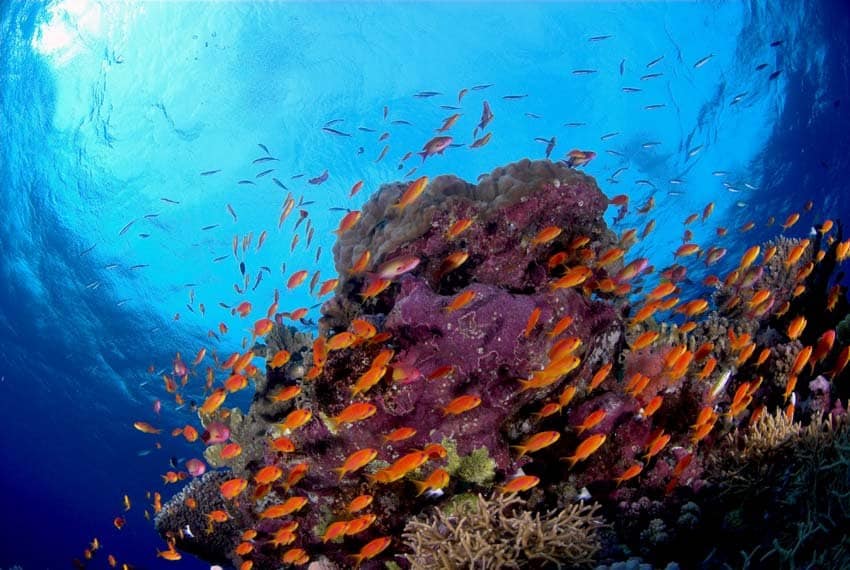
Described as the ocean’s answer to the Garden of Eden, the Northern Red Sea is one of the most stunning underwater spots in the world. Stretching 169,000 square miles, the water hosts some of the most beautiful tropical fish to be found around the globe. Unsurprisingly, the warm waters are a huge diving hot spot, and attract thousands of visitors a year.
The Great Barrier Reef – Australia
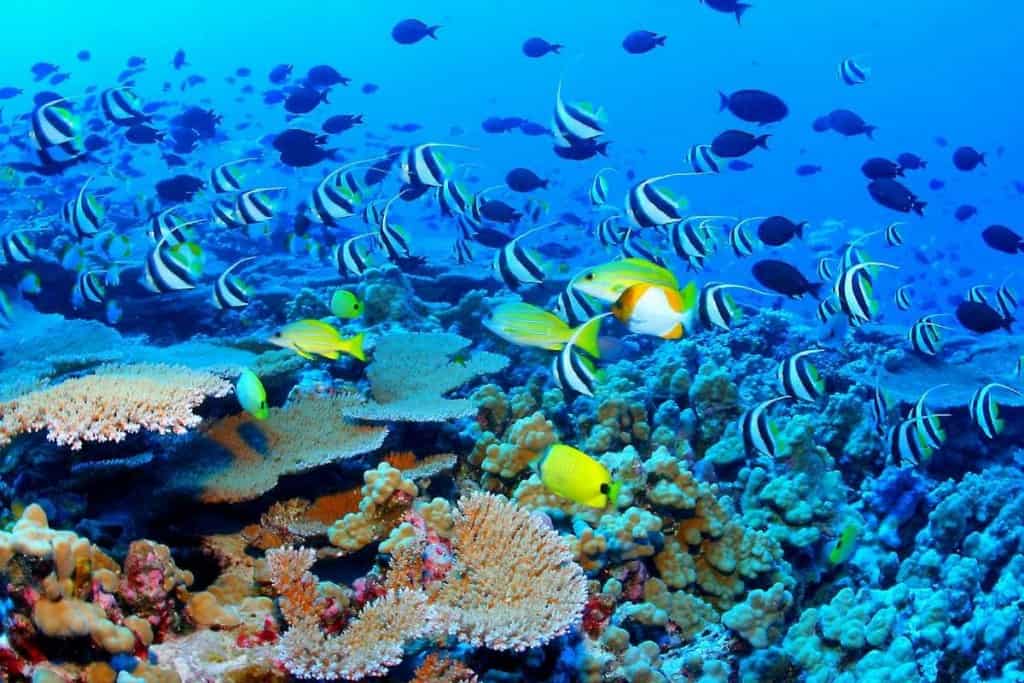
Arguably one of the most impressive natural wonders of the world, The Great Barrier Reef has long been a site of fascination for researchers. Stretching an incredible 1,400 miles, the reef is home to some of the most diverse sea life on the planet. Divers make their way to the spot each year, in the hopes of spotting some stunning tropical underwater life.
Zhemchug Canyon – Bering Sea
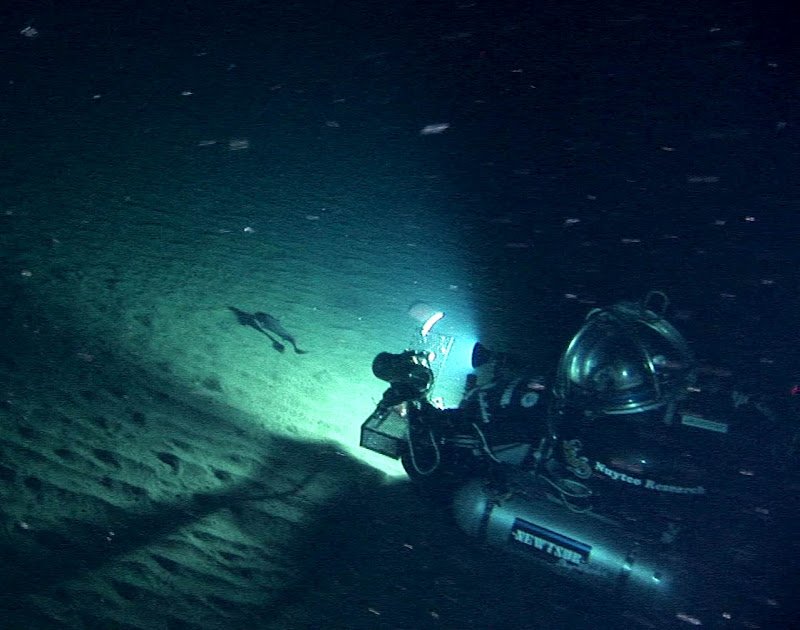
While we might me more familiar with the canyons that shoot up into the sky, there are a great deal more which lie beneath the surface of the ocean. The Zhemchug Canyon is big enough to fit the entire Grand Canyon inside, and can actually be seen from space. The underwater ravine is home to some of the most diverse wildlife on the planet, and is still being explored today.
The Yongala Shipwreck – Australia
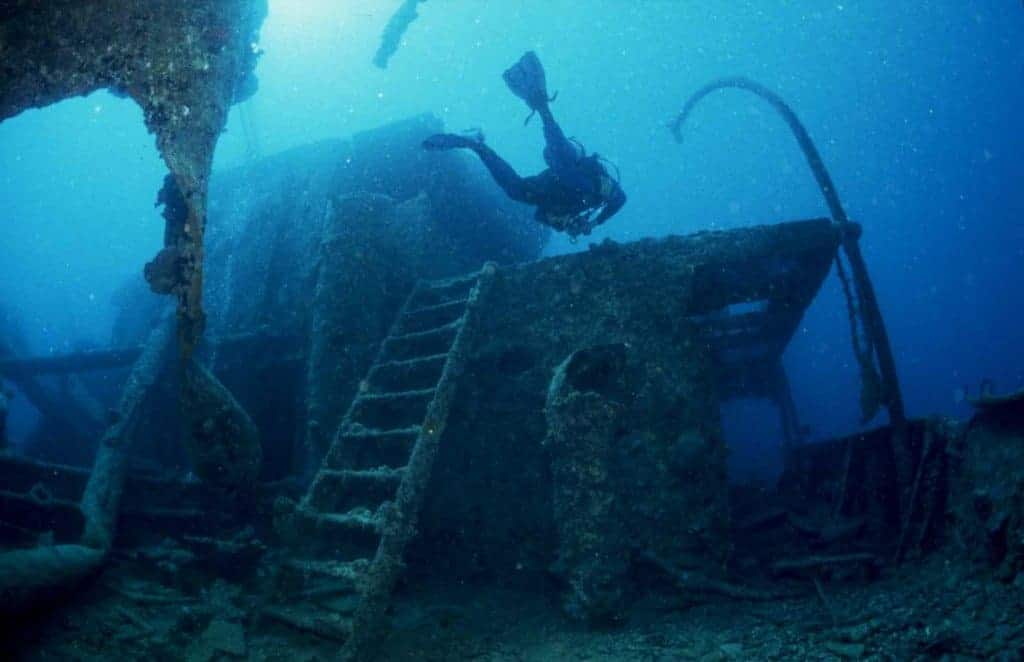
Tragedies of the seas can turn into underwater marvels, given enough time. Just one of many around the world is the Yongala Shipwreck off the coast of Australia. Having sunk in 1911, the ship is now a popular spot for keen divers and researchers, and is home to a huge number of underwater species.
Deep Sea Vents – Ecuador
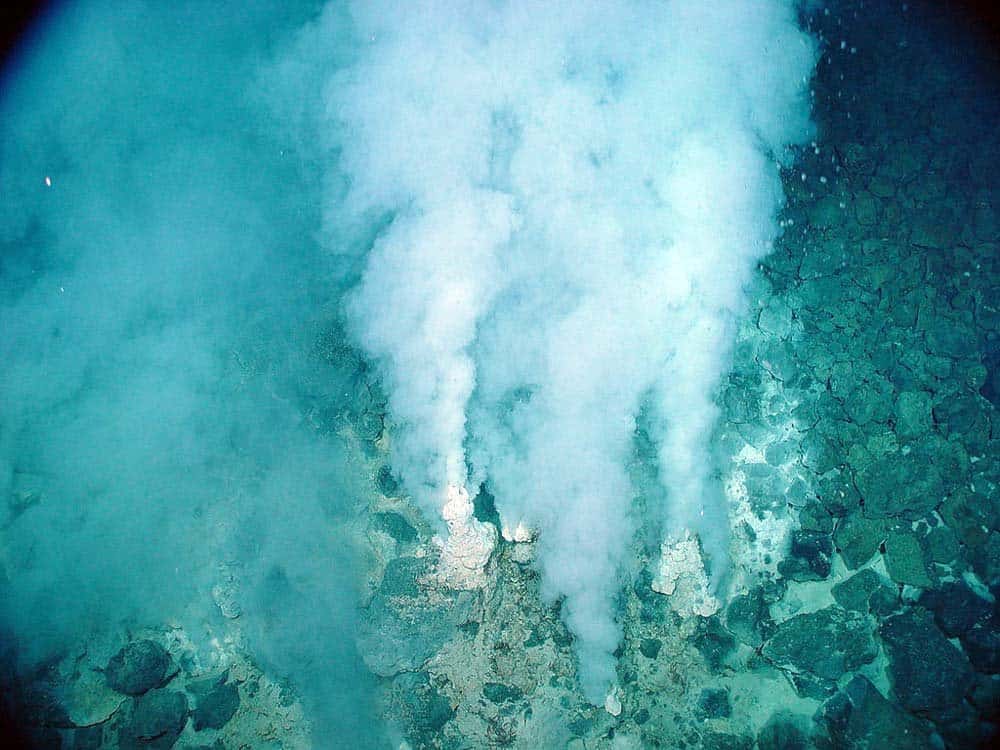
Scientists of the ocean’s deepest regions are just getting to grips with what lies beneath the surface and incredibly, are still discovering new life today. These hydrothermal vents off the Galapagos Islands were only discovered in 1977 and have been the subject of fascination ever since. Shooting out sea water at incredibly high speeds and temperatures, the vents are a rich source of nutrients, lying on the rift between two tectonic plates.
Mauna Kea – Hawaii
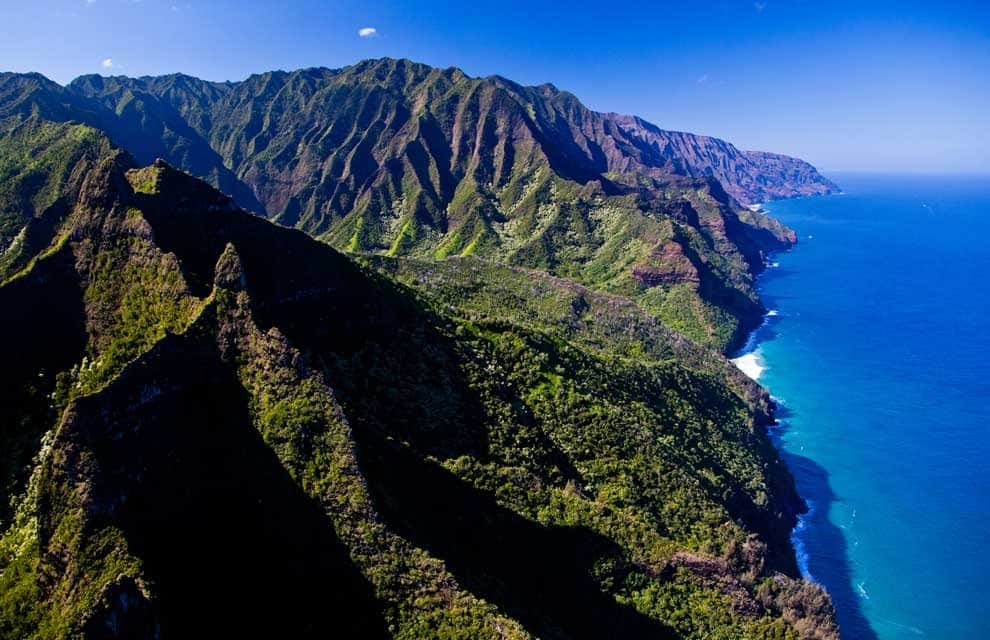
Hawaii is a huge tourist hot spot, and it’s not hard to see why. With some of the warmest tropical waters around, the island system is a diver’s paradise. Mauna Kea mountain is the cream of the underwater crop, measuring a height of a whopping 10,100m! Although most of the mountain exists under the water, it is officially the earth’s tallest point, and hosts a dormant volcano system.
Cocos Island – Costa Rica
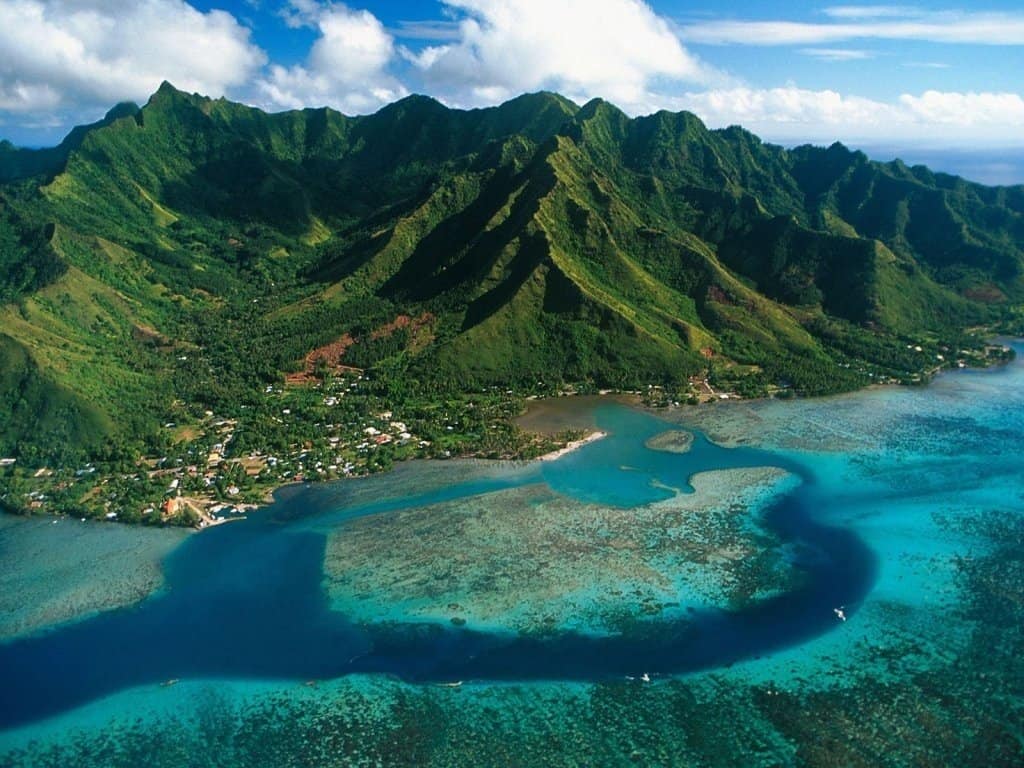
If you’re a fan of sharks, then you have to head to Cocos Island off the coast of Costa Rica. A diver’s fantasy, the island’s waters are home to dozens of varieties of the fish, who manage to live alongside one another with very little trouble. Other marine life in the area is also worth a see; it’s no wonder that the area is such a diver’s dream!
Cleopatra’s Heracleion – Egypt

There’s no denying the fact that Egypt is home to one of the most fascination historical cultures in the world. If you look under the water, however, you might be surprised as to what you will find. The ancient city of Heracleion lies metres below the water, having sunk more than a millennium ago. The underwater archaeological site is home to dozens of ancient sculptures, including those believed to have belonged to Cleopatra herself!
Lion City – China
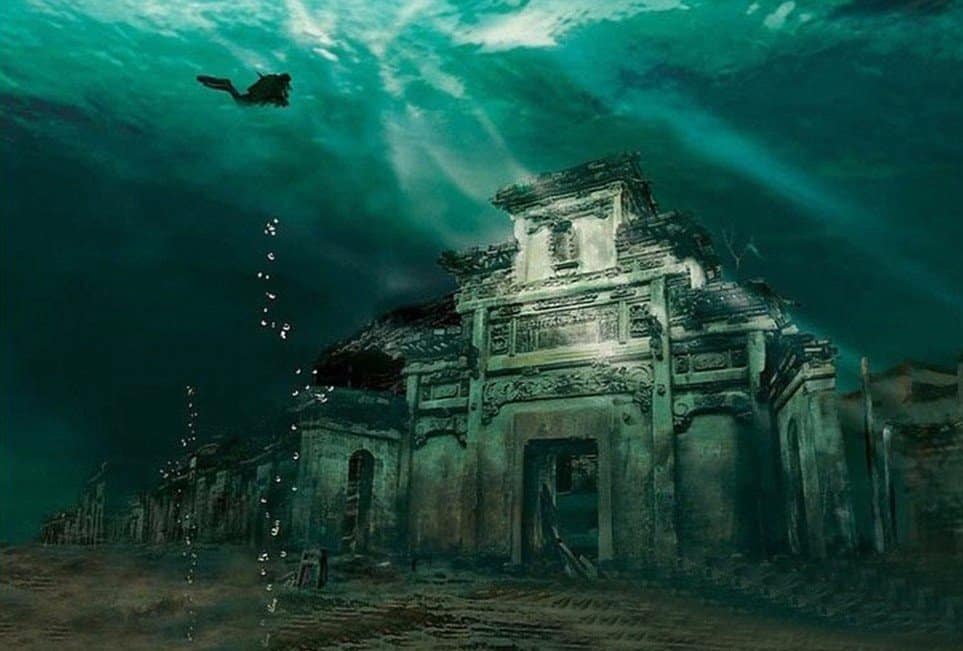
If you thought that Atlantis was the stuff of fairy tales, then think again. While Lion City might be a man-made underwater structure, it is the closest to the lost city that most of us will ever get, and can be freely explored by divers. China’s ancient Lion City was flooded in 1959 in order to make way for a new power station and even after lying underwater for over 50 years, the city still remains largely intact.
Jellyfish Lake – Palau

If you’re afraid of getting too close to a jellyfish’s tentacles, don’t head to Jellyfish Lake in Palau. Part of Palau’s Southern Lagoon, the lake is home to a massive number of golden jellyfish that swim through the water everyday. While the jellyfish can sting divers, the strength of their venom is so weak that it can’t damage human skin.
Bronze Age Sewn Boat – Croatia
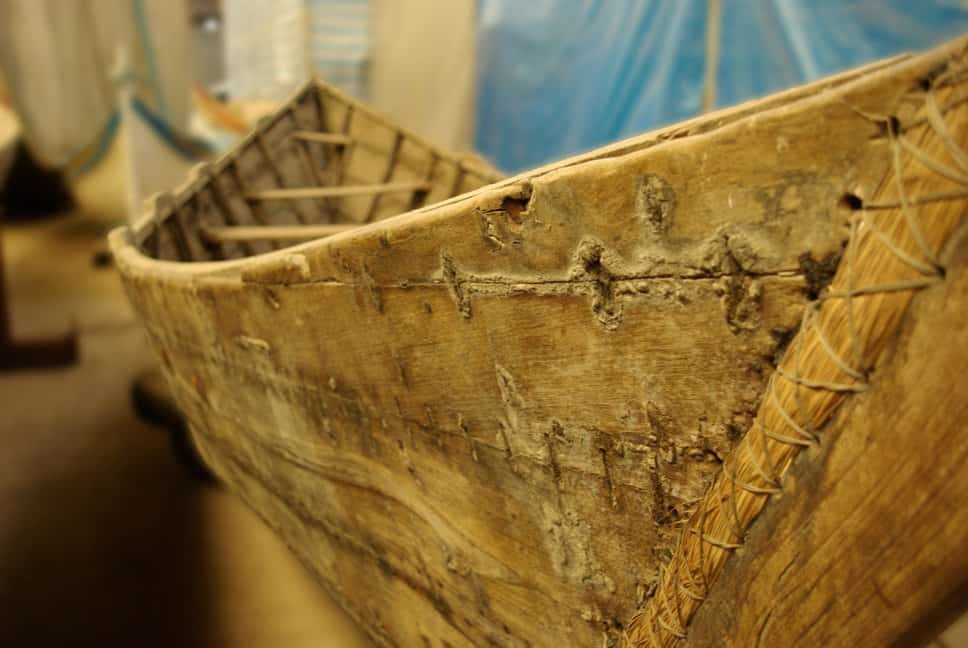
The world’s waters are home to some of the most fascinating archaeology around, and are still showing us their treasures today. In 2014, divers discovered the underwater remains of one of the oldest boats in the world, in a Croatian cove. Incredibly, much of the boat was still intact and, despite dating back to 1,200 BC, still had some stitching visible to the naked eye.
The Dead Sea – Jordan
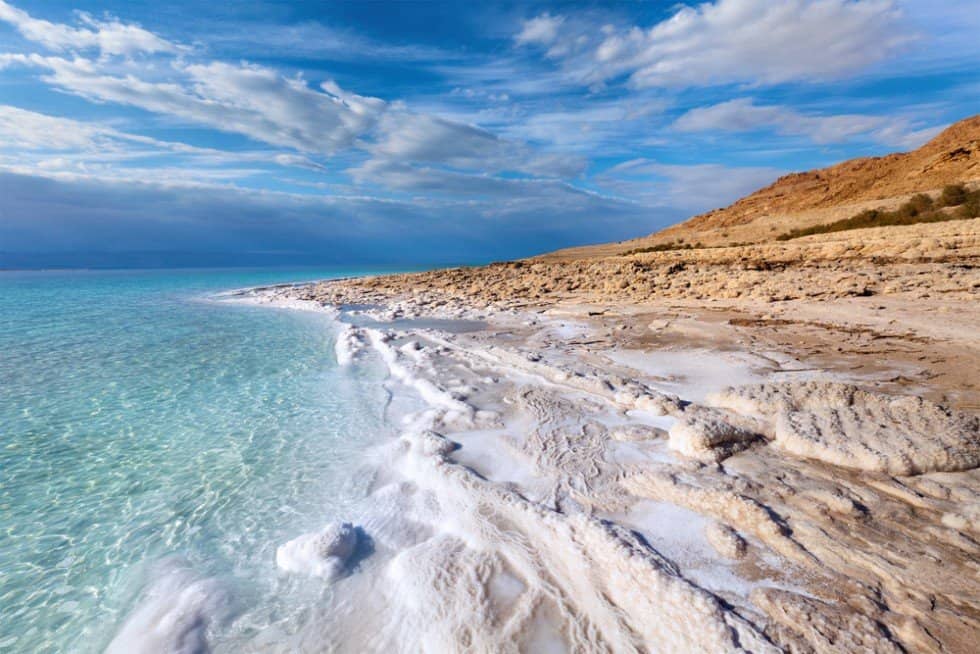
Possibly the most interesting watery site in the world, the Dead Sea in Jordan is truly unique. A massive salt water lake, the Dead Sea is nearly 10 times saltier than real sea water and gets its name from the fact that it is almost devoid of any wildlife. Visitors to the sea describe floating on the water’s surface, rather than swimming, the high salinity in the water supporting their bodies more than sea water.
Douglas Dakota DC-3 – Turkey
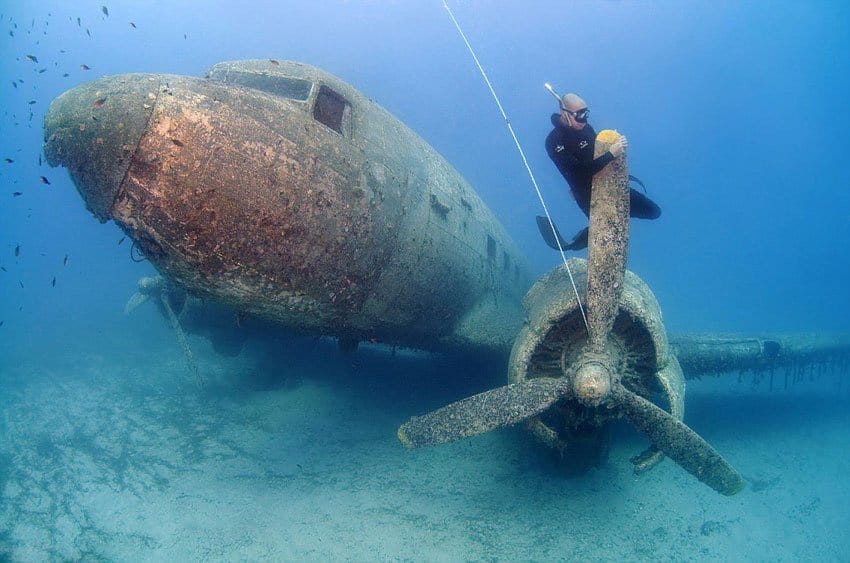
Unlike many other underwater wrecks, the Douglas Dakota DC-3 was intentionally sunk in 2009 for the use of divers around the world. The aircraft can be freely explored by underwater adventurers and boasts and impressive collection of sea life.
Underwater Ruins – Japan

The oceans are home to some of the most enduring mysteries throughout history, and few come more intriguing than that of the underwater ruins off the coast of Japan. When a diver stumbled across what appeared to be an underwater city in 1995, many believed that it was the site of an ancient civilisation. However, not all agreed and many scientists claimed that the monument’s large blocks were instead caused as a result of tectonic movements.
Dean’s Blue Hole – Bahamas
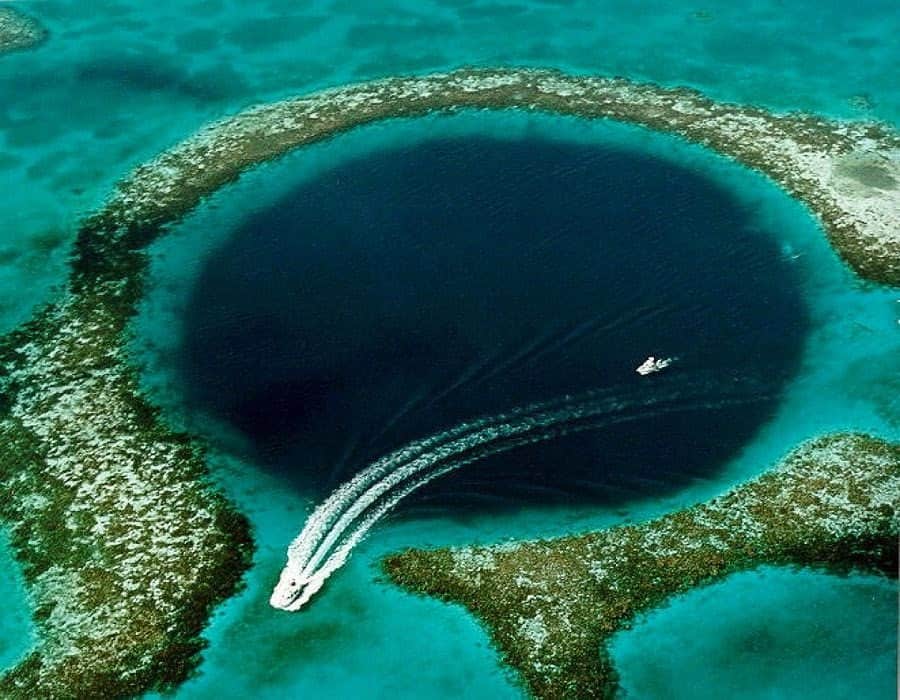
If you like underwater photography, then Dean’s Blue Hole should be at the top of your places to visit. A vast underwater sinkhole, Dean’s Blue Hole is the deepest in the world, and leads to a complex system of underground caves and caverns. Visible from the skies, the underwater hole is an impressive spot on the landscape, and is sure not to disappoint.
Hot Springs – Iceland

Each year, thousands of visitors make their way into the active springs of Iceland, in the hopes of rejuvenating their bodies and minds. Lying above some of the most geologically active ground in the world, Iceland’s hot springs reach around 37 degrees centigrade, and contain nutrients that are thought to work wonders on the skin!
Chuuk Lagoon – Micronesia
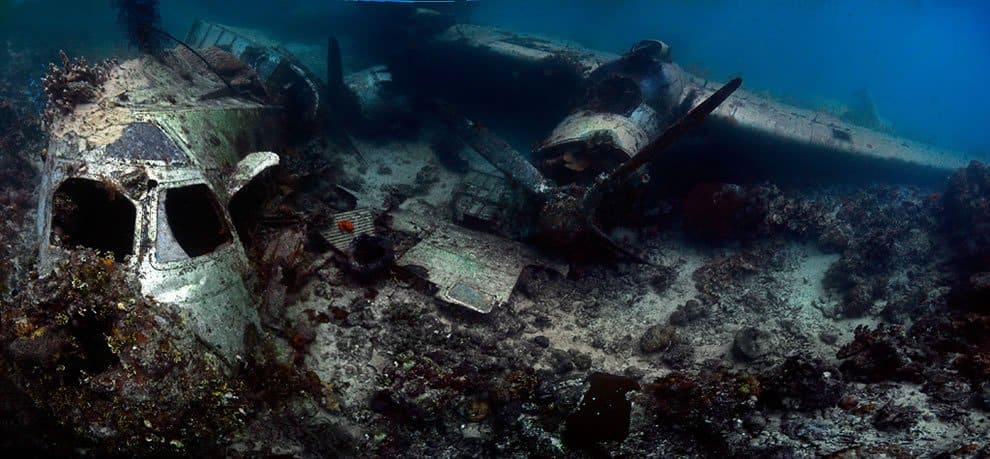
While the world has recovered from the devastation of the Second World War, much of the damage still remains under the waters. When Japan’s main South Pacific base was destroyed by American fighters in 1944, much of the destruction sank below the sea. Now, the ship wreckage remains on the sea bed, and is thought to be the biggest ship graveyard in the entire world.



